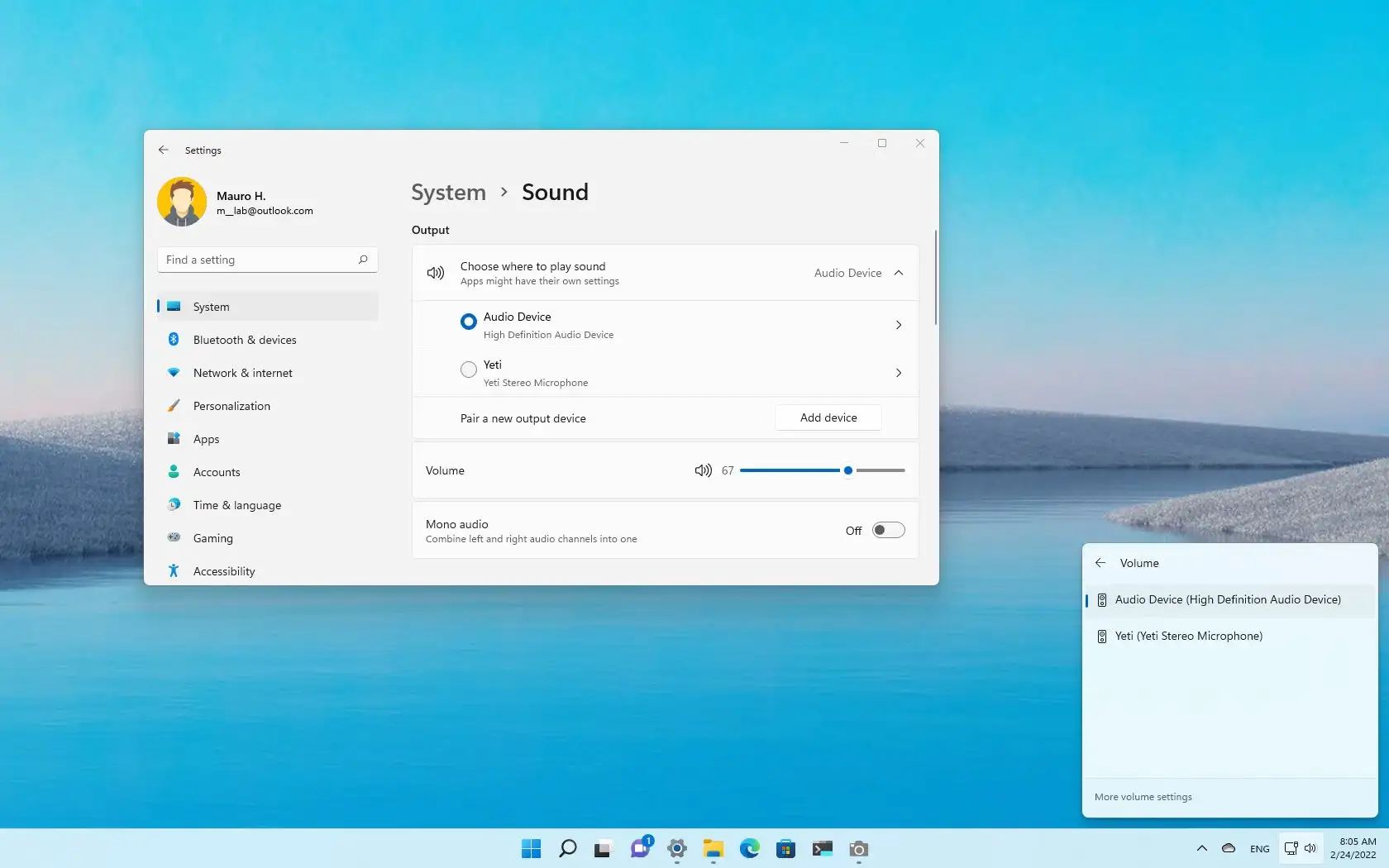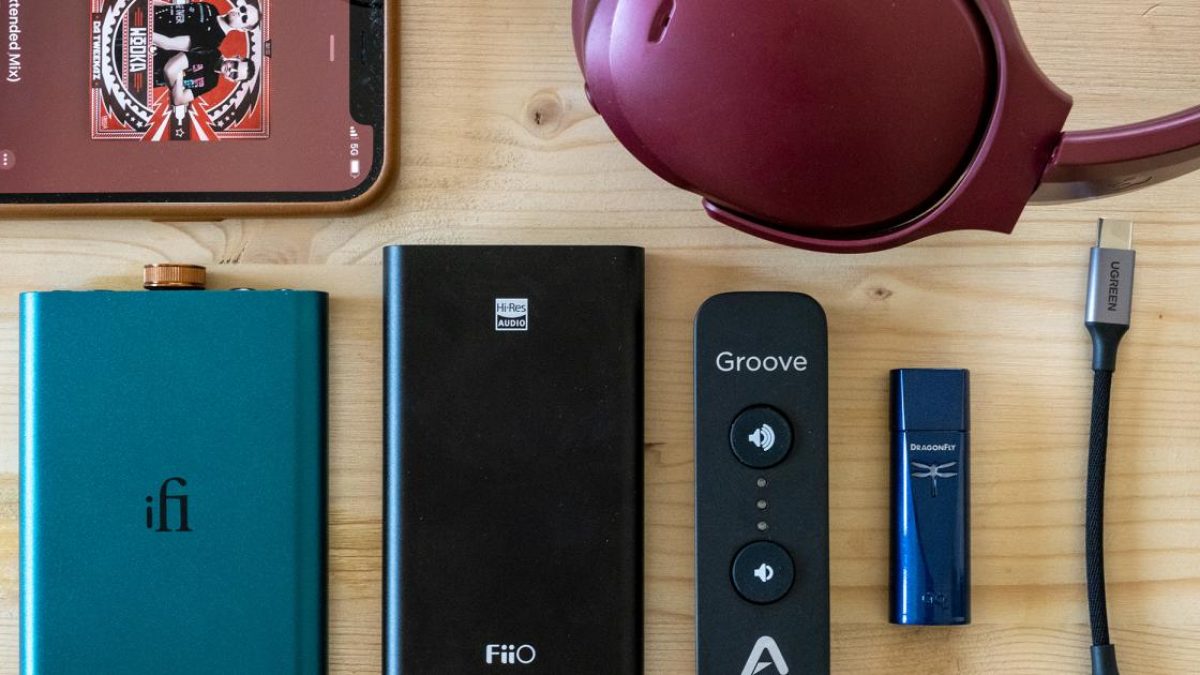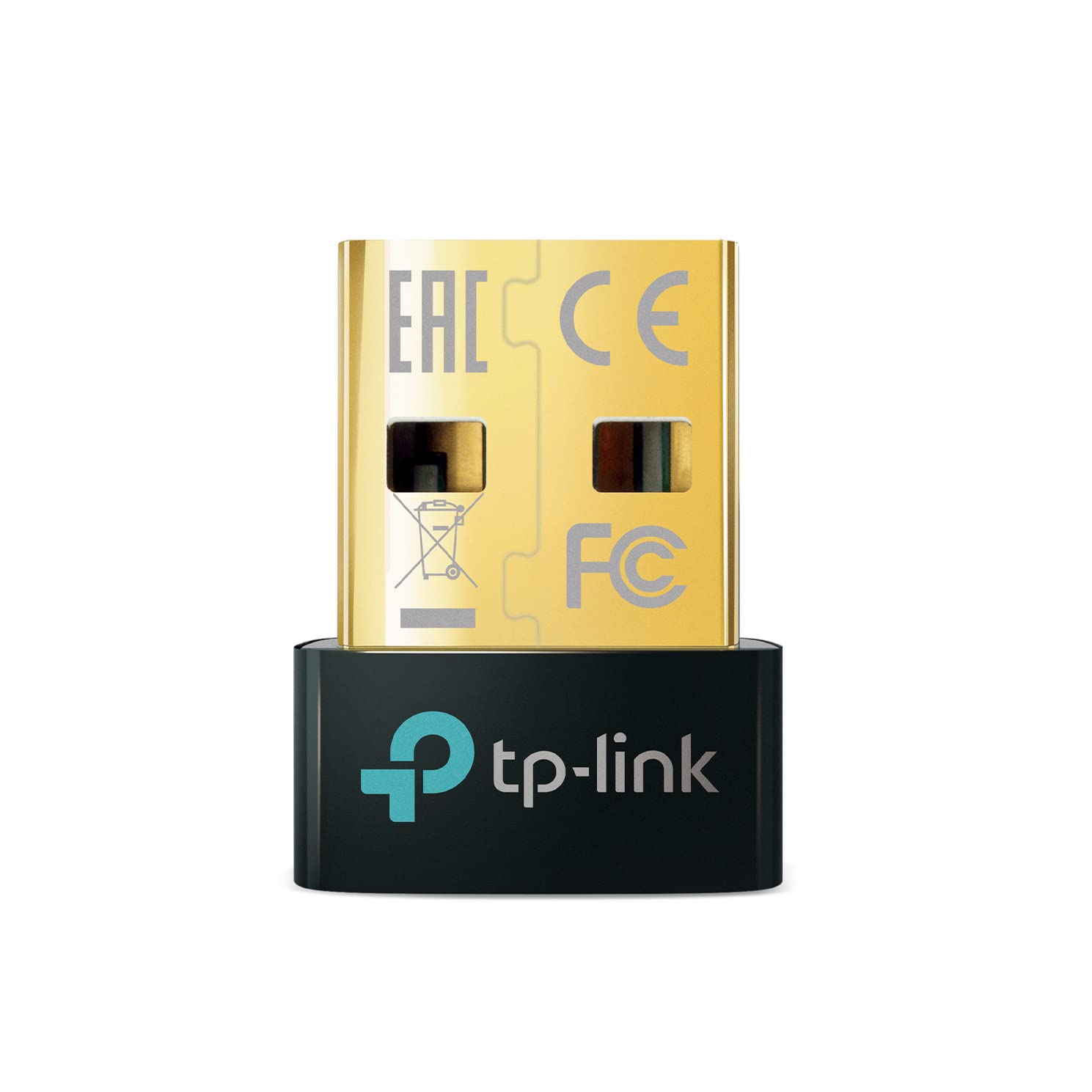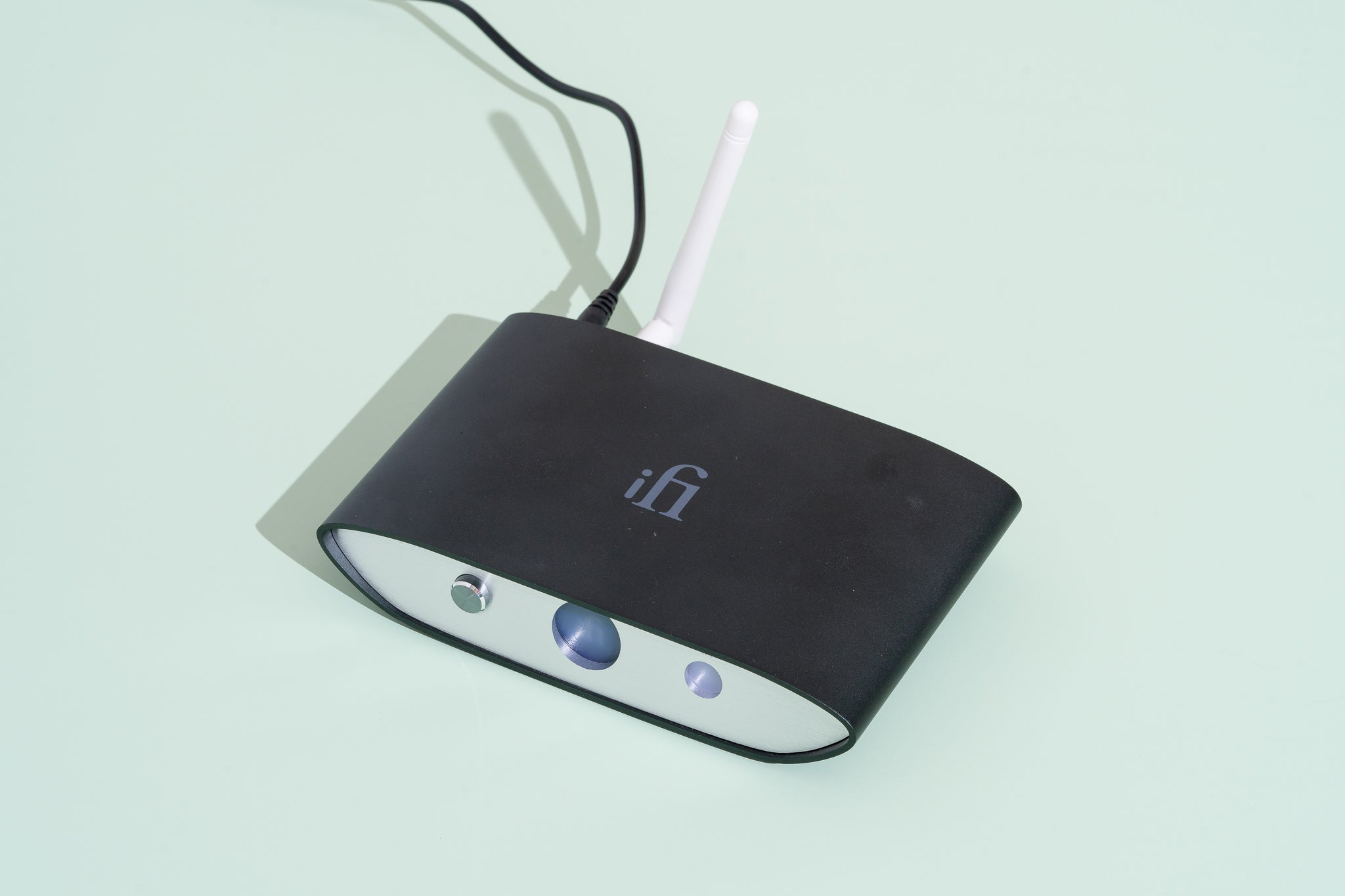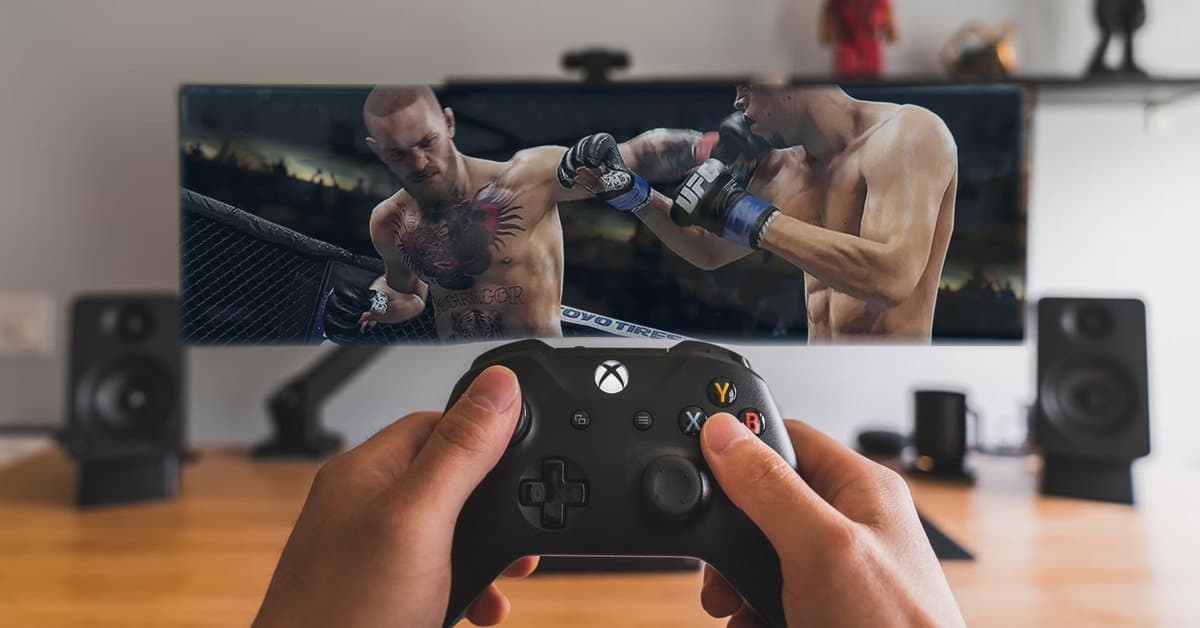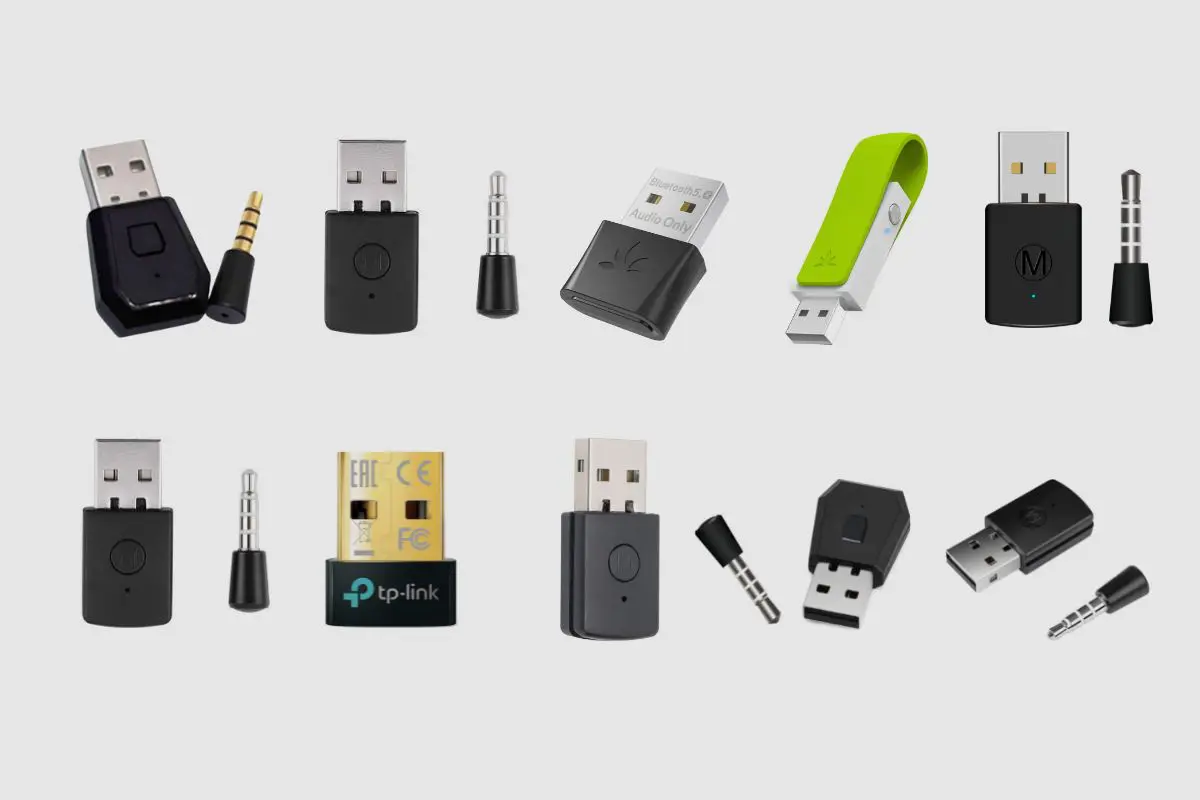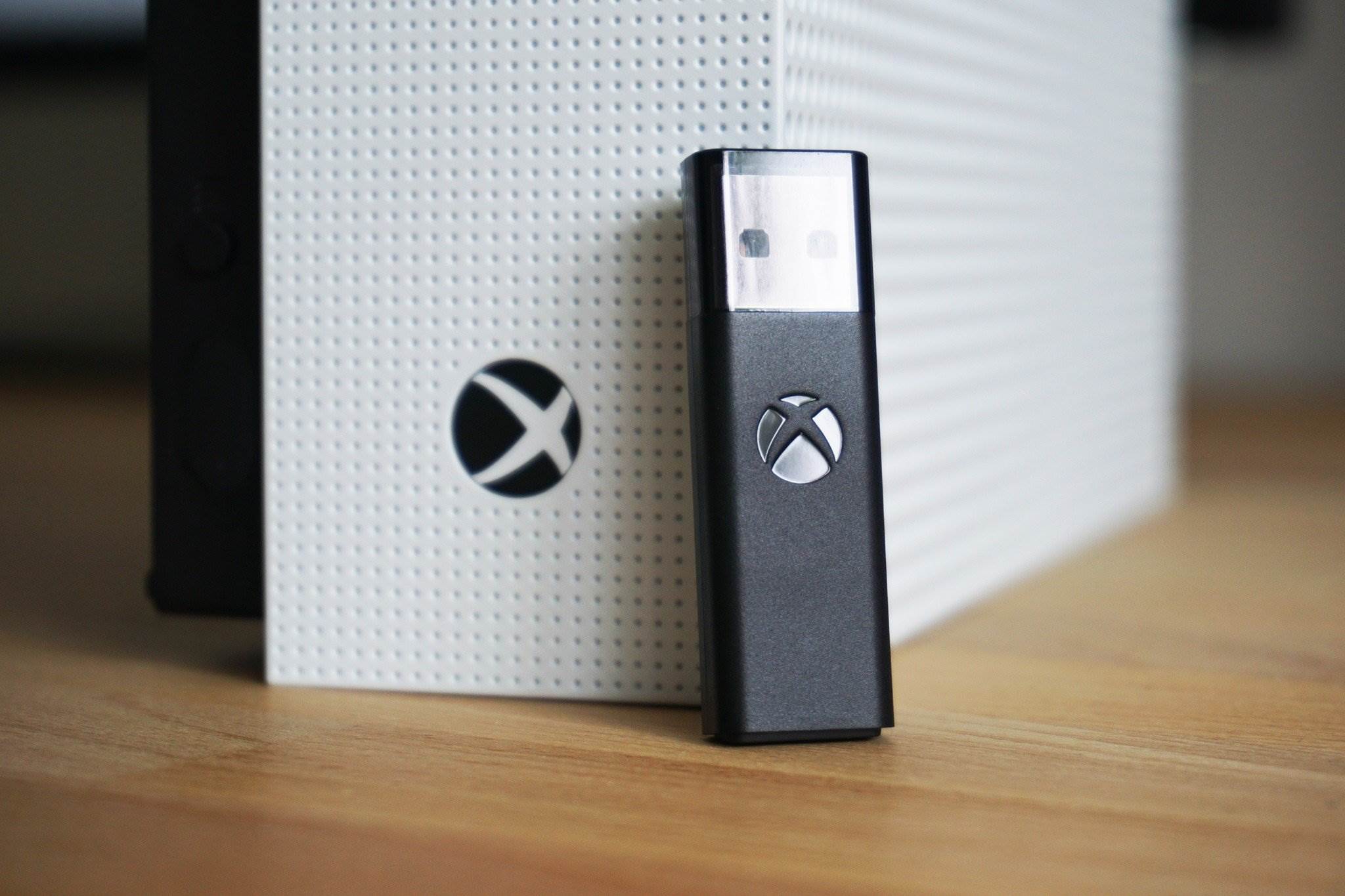Introduction
When it comes to enjoying an immersive audio experience on your Windows 11 device, having the right setup for your audio output is essential. Whether you're tuning in to your favorite music playlist, engaging in a virtual meeting, or diving into an intense gaming session, the choice between using a headphone and a headset can significantly impact your overall audio quality and functionality.
Understanding the distinction between a headphone and a headset is crucial for optimizing your audio experience. While both devices are designed for audio output, they serve different purposes and come with distinct features. A headphone is primarily designed for listening to audio, such as music, podcasts, or videos, providing a personal and high-quality sound experience. On the other hand, a headset encompasses not only audio output but also includes a built-in microphone, making it ideal for communication purposes, such as making calls, participating in virtual meetings, or engaging in multiplayer gaming.
In this guide, we will delve into the intricacies of configuring audio settings for both headphones and headsets on Windows 11. By following the step-by-step instructions, you will be able to seamlessly switch between these audio devices, ensuring that you can optimize your audio experience based on your specific needs. Additionally, we will address common troubleshooting issues that may arise during the setup process, providing you with valuable insights to overcome any potential challenges.
By mastering the art of configuring audio settings for your headphone and headset, you can elevate your audio experience to new heights, immersing yourself in crystal-clear sound and seamless communication. Let's embark on this audio journey and unlock the full potential of your Windows 11 device!
Understanding the Difference Between Headphone and Headset
When it comes to audio peripherals, the terms "headphone" and "headset" are often used interchangeably, leading to confusion regarding their specific functionalities. Understanding the key differences between these two devices is crucial for selecting the right tool for your audio needs.
Headphone:
A headphone, also referred to as earphones or earbuds, is designed primarily for audio output. It is a personal listening device that delivers high-quality sound directly to the user's ears. Headphones come in various designs, including over-ear, on-ear, and in-ear styles, catering to diverse user preferences. These devices are ideal for immersive music listening, audio/video playback, and private audio consumption. They are commonly used in scenarios where the user seeks a solitary and high-fidelity audio experience.
Headset:
In contrast, a headset encompasses both audio output and input functionalities. In addition to providing sound directly to the user's ears, a headset is equipped with a built-in microphone, enabling two-way communication. This makes headsets ideal for activities that require interaction, such as making phone calls, participating in virtual meetings, or engaging in multiplayer gaming. The inclusion of a microphone distinguishes headsets as versatile tools for both audio reception and transmission, facilitating seamless communication across various platforms.
While both headphones and headsets serve the purpose of delivering audio, the integration of a microphone in headsets enhances their utility for interactive applications. This distinction is pivotal in determining the most suitable device for different usage scenarios, whether it involves enjoying personal audio content or engaging in communication-intensive activities.
By comprehending the unique features and functionalities of headphones and headsets, users can make informed decisions when selecting the most appropriate audio peripheral for their specific needs. This understanding also forms the foundation for configuring tailored audio settings to optimize the performance of these devices on Windows 11, ensuring a personalized and immersive audio experience tailored to individual preferences and requirements.
Configuring Audio Settings for Headphone
Configuring audio settings for your headphone on Windows 11 allows you to fine-tune the sound output to suit your preferences and optimize the overall audio experience. Whether you prefer deep bass for music playback or crisp, clear sound for video content, adjusting the audio settings can significantly enhance your listening experience.
Here's a step-by-step guide to configure the audio settings for your headphone on Windows 11:
1. Access Sound Settings:
- Click on the Windows icon in the taskbar or press the Windows key to open the Start menu.
- Select "Settings" (gear icon) to open the Windows Settings menu.
- In the Settings menu, click on "System" and then choose "Sound" from the left-hand navigation panel.
2. Select Output Device:
- Under the "Output" section, you will see a list of available audio output devices. Locate and select your headphone from the list of available devices. Once selected, your headphone will be set as the default audio output device for your system.
3. Adjust Sound Preferences:
- After selecting your headphone as the output device, you can further customize the sound preferences by clicking on "Device properties" below the selected device.
- Here, you can adjust the volume, choose spatial sound settings, and access additional device properties to fine-tune the audio output according to your preferences.
4. Enhance Sound Quality:
- To access advanced sound settings, click on "Sound control panel" under the "Related settings" section. This will open the Sound control panel, where you can configure enhancements, such as equalization, room correction, and other audio effects to improve sound quality.
5. Test the Configuration:
- Once you have adjusted the audio settings for your headphone, it's essential to test the configuration by playing audio content, such as music or videos, to ensure that the sound output aligns with your preferences.
By following these steps, you can effectively configure the audio settings for your headphone on Windows 11, tailoring the sound output to your liking and ensuring an immersive and personalized audio experience.
Configuring audio settings for your headphone not only allows you to optimize sound quality but also enhances the overall audio experience, making it conducive to your specific preferences and usage scenarios. Whether you're a music enthusiast, a movie buff, or a professional seeking clear audio communication, customizing the audio settings for your headphone on Windows 11 empowers you to create a tailored audio environment that complements your individual preferences and elevates your overall audio experience.
Configuring Audio Settings for Headset
Configuring audio settings for your headset on Windows 11 is essential to ensure seamless communication and optimal sound quality. Whether you're engaging in virtual meetings, making voice calls, or immersing yourself in multiplayer gaming, fine-tuning the audio settings for your headset can significantly enhance your overall audio experience.
Here's a comprehensive guide to configuring the audio settings for your headset on Windows 11:
1. Access Sound Settings:
- Click on the Windows icon in the taskbar or press the Windows key to open the Start menu.
- Select "Settings" (gear icon) to access the Windows Settings menu.
- Within the Settings menu, click on "System" and then choose "Sound" from the left-hand navigation panel.
2. Select Output and Input Devices:
- Under the "Output" section, locate and select your headset from the list of available audio output devices. This sets your headset as the default audio output device for your system.
- Similarly, under the "Input" section, choose your headset as the default input device to enable the use of the built-in microphone for communication purposes.
3. Adjust Sound Preferences:
- After selecting your headset as the output and input device, you can customize the sound preferences by clicking on "Device properties" below the selected device.
- Here, you can adjust the volume, microphone levels, and access additional device properties to fine-tune the audio output and input according to your preferences.
4. Spatial Sound and Enhancements:
- To further enhance the audio experience, you can explore spatial sound settings by clicking on "Spatial sound (Off)" and selecting the preferred spatial sound format that best suits your listening environment and preferences.
- Additionally, you can access advanced sound settings by clicking on "Sound control panel" under the "Related settings" section. This allows you to configure audio enhancements, such as equalization, room correction, and other effects to optimize sound quality.
5. Test the Configuration:
- Once you have adjusted the audio settings for your headset, it's crucial to test the configuration by engaging in voice calls, participating in virtual meetings, or engaging in gaming activities that involve voice communication. This ensures that both the audio output and input align with your preferences and provide a seamless communication experience.
By following these steps, you can effectively configure the audio settings for your headset on Windows 11, ensuring optimal sound quality for both audio output and input. Customizing the audio settings for your headset empowers you to create a personalized audio environment that enhances communication clarity and delivers an immersive audio experience tailored to your specific preferences and usage scenarios.
Troubleshooting Common Issues
While configuring audio settings for headphones and headsets on Windows 11, users may encounter common issues that can impact the overall audio experience. Understanding and addressing these issues is essential to ensure seamless functionality and optimal performance of the audio devices.
1. Device Not Detected:
One of the most common issues users may encounter is the failure of Windows 11 to detect the connected headphone or headset. This can result from a variety of factors, including driver issues, hardware connectivity problems, or outdated system settings.
Troubleshooting Steps:
- Check the physical connection of the headphone or headset to the audio jack or USB port.
- Ensure that the device drivers are up to date by accessing the Device Manager and updating the audio drivers.
- Restart the system to allow Windows to re-detect and initialize the connected audio device.
2. No Sound Output:
Users may experience instances where the headphone or headset is detected by Windows 11, but no sound is being produced. This can be attributed to incorrect audio settings, driver conflicts, or hardware malfunctions.
Troubleshooting Steps:
- Verify that the headphone or headset is selected as the default audio output device in the Sound settings.
- Check the volume levels on the device and within the Windows 11 sound settings to ensure they are not muted or set to low levels.
- Troubleshoot driver conflicts by updating or reinstalling the audio drivers for the connected device.
3. Microphone Not Working (Headset Only):
For headset users, issues related to the microphone not functioning properly during voice calls or gaming sessions can arise, impacting communication capabilities.
Troubleshooting Steps:
- Ensure that the headset microphone is selected as the default input device in the Sound settings.
- Check the microphone permissions within the Windows 11 privacy settings to ensure that apps have access to the microphone.
- Test the headset on another device to determine if the issue is specific to the Windows 11 system.
4. Audio Distortion or Poor Quality:
In some instances, users may encounter audio distortion, crackling, or poor sound quality when using headphones or headsets, leading to a subpar listening experience.
Troubleshooting Steps:
- Adjust the audio enhancements and spatial sound settings to eliminate any audio processing issues that may be causing distortion.
- Inspect the audio cable or wireless connection for any physical damage or interference that may be affecting sound quality.
- Update the system's audio drivers and firmware to address any compatibility or performance-related issues.
By implementing these troubleshooting steps, users can effectively address common issues related to headphone and headset configuration on Windows 11, ensuring a seamless and optimized audio experience across various usage scenarios. Identifying and resolving these issues empowers users to leverage the full potential of their audio devices, enabling them to enjoy high-quality sound output and clear communication capabilities without impediments.
Conclusion
In conclusion, mastering the art of configuring audio settings for both headphones and headsets on Windows 11 is pivotal in unlocking the full potential of these audio devices and ensuring an immersive and tailored audio experience. By understanding the nuanced differences between headphones and headsets, users can make informed decisions when selecting the most appropriate device for their specific audio needs.
The step-by-step guides provided for configuring audio settings for headphones and headsets empower users to fine-tune sound preferences, optimize spatial audio, and ensure seamless communication capabilities. Whether it involves customizing sound output for music, videos, or interactive communication, the ability to tailor the audio settings to individual preferences enhances the overall audio experience, making it conducive to diverse usage scenarios.
Furthermore, the troubleshooting insights offered for common issues related to headphone and headset configuration equip users with the knowledge to address connectivity problems, sound output issues, microphone malfunctions, and audio quality concerns. By overcoming these challenges, users can optimize the functionality of their audio devices, ensuring consistent and high-quality audio performance on their Windows 11 systems.
Ultimately, the process of configuring audio settings for headphones and headsets on Windows 11 is not merely a technical endeavor but an opportunity to personalize the audio experience, elevate sound quality, and facilitate seamless communication. Whether it's immersing oneself in a captivating playlist with crystal-clear sound or engaging in dynamic conversations with pristine voice clarity, the ability to configure audio settings empowers users to create a tailored audio environment that aligns with their unique preferences and usage scenarios.
As technology continues to evolve, the significance of audio devices in facilitating entertainment, productivity, and connectivity cannot be overstated. By harnessing the capabilities of headphones and headsets through optimized audio settings, users can embark on a sensory journey that transcends traditional audio experiences, delivering personalized and immersive soundscapes that enrich their digital interactions and elevate their overall audio encounters on Windows 11.







